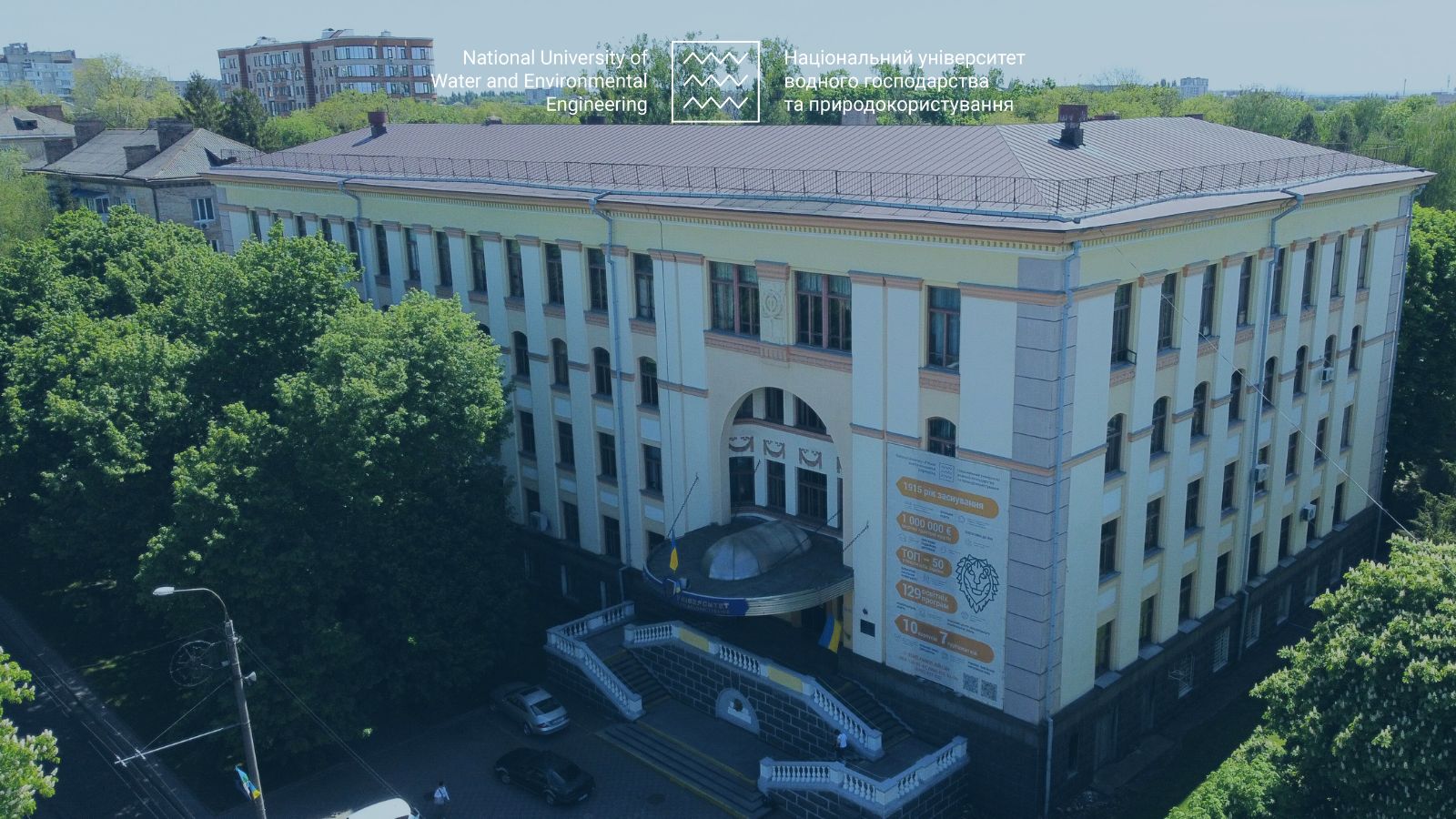Recently, the Ministry of Education and Science of Ukraine published data on the distribution of state budget expenditures among state-owned higher education institutions under the management of the Ministry of Education and Science. In 2024, the funding of higher education institutions (excluding social expenses) amounts to 19.2 billion UAH.
Among the higher education institutions in Rivne region, NUWEE will receive the largest funding with over 177 million UAH, funding will be increased by 17.7% compared to the previous year.
Last year, the university received over 150 million UAH. Rivne State University of Humanities will receive over 116 million UAH, which is 7.8% more than last year. However, funding for the National University of Ostroh Academy will decrease by 2.6% to 36.75 million UAH.
Since 2020, the Ministry of Education and Science has developed a new system for funding higher education. It incentivizes universities to develop and respond to demands in the job market. By receiving increased funding, higher education institutions invest these funds into improving the quality of education. The calculation indicators for funding allocation give universities the opportunity to understand the trajectory they need to follow to improve their positions. In 2020, NUWEE was included in the list of higher education institutions that received additional funding from the state, totaling over 15 million UAH.
One of the seven key indicators for funding calculation is the number of students in the state-funded form of education (enrollment). Additionally, the state incentivizes universities to maintain their profile, with technical universities encouraged to support technical specialties specifically. The scale indicator encourages higher education institutions to collaborate and effectively utilize resources. Universities with enrollments ranging from three to ten thousand students receive more funding.
The scale indicator encourages higher education institutions to unite and efficiently utilize resources. Universities with enrollments ranging from three to ten thousand students receive more funding. Additionally, to support regional universities, the formula for calculating state funding includes a regional coefficient, which has allowed these institutions since 2020 to receive better funding without losing students.
High positions in the QS World University Rankings, The Times Higher Education World University Rankings, and the Academic Ranking of World Universities also enable higher education institutions to receive additional funding. Another important factor in the formula is the attraction of funds from businesses and international grants for research purposes to promote scientific development.
Finally, there is the indicator of graduates' employment, which stimulates universities to improve the quality of education, consider the needs of the job market, and facilitate the employment of their students.
Natalia PARKHOMCHUK,
Public Relations Department















